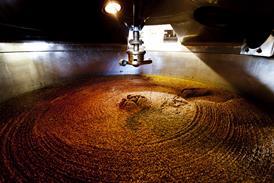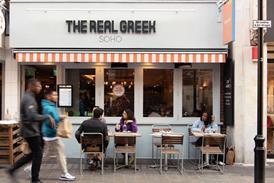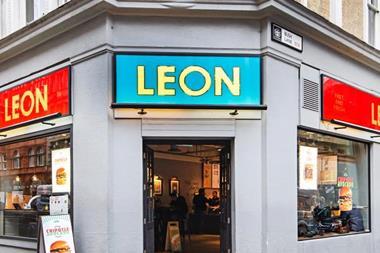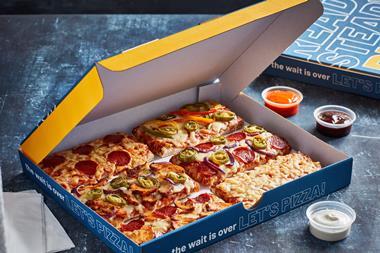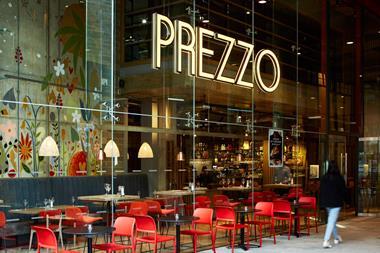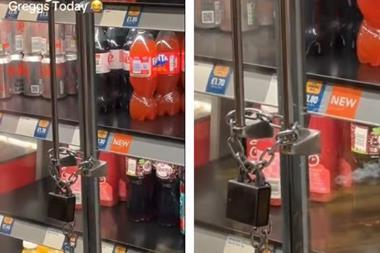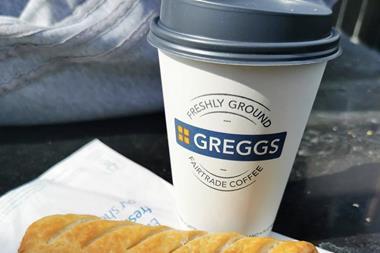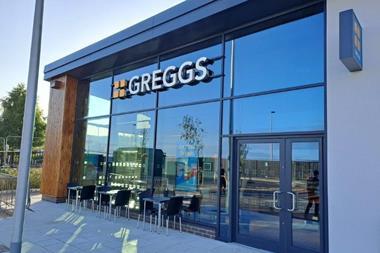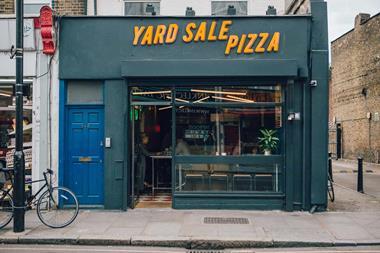How will the food and beverage sector change over five years’ time? It’s a question MCA’s Top of Mind survey has been putting to sector leaders for the past nine years. MCA’s Yemeng Hu looks at what the answers can tell us about the past, present and future.
How will the food and beverage sector change over five years’ time? It’s a question MCA’s Top of Mind survey has been putting to sector leaders for the past nine years. MCA’s Yemeng Hu looks at what the answers can tell us about the past, present and future.
Consistently important: quality and service
In 2009, senior executives identified “consumers are far more demanding of a great quality experience” than ever before. They stated that operators who were “unable to exceed customer expectations were going to find it very difficult.”
Fast forward to the present and respondents stated in our 2017/18 survey ”consumers now expect excellent quality and great service as standard” and expect the market to provide “higher quality food and drink offers to meet more educated customer expectations.” Consumers have become more knowledgeable and discerning, and as a result, further pressure exists on operators as customers ”expect better quality and service without paying more”. So the critical importance of great product quality and excellent service remains an enduring business fundamental.
Now, in this post-Brexit environment, with increasing cost pressures on several fronts, some operators may choose to reduce the quality of their ingredients and/or reduce their staff levels to bolster their profitability. However, if our survey findings are saying anything, it has to be that cutting back on these key consumer-facing elements in the overall business mix has to be the very last resort.
More important: healthier eating/drinking
In 2012, executives made the point that “we have 2-3 generations of children that have come through healthier eating at schools and this will become an expectation as they move into adulthood.” Five years on, healthier eating brands are far more commonplace and healthier elements to menus more evident. Think Itsu, Leon, Tossed and Veggie Pret, but also the likes of Greggs and Tesco with healthier and vegan ranges. The vast majority of these businesses are supported by the newer and younger generations.
The focus on health is expanding more towards drinks. In 2009 one executive forecast, “the uncaring Coke and Pepsi will lose some consumer trust because they aren’t really interested in selling truly healthy beverages.” However, his warning did not immediately hit suppliers or the public. It is only in recent years that more beverage suppliers have begun to take notice and identify the “white space in drinks”, “especially in no or low (sugar/alcohol) drinks” and may have increased investment to “bring new news to the drinks category to retain a competitive and differentiated offering.”
Less important: expansion and loyalty
Expansion used to be a common buzzword in our survey feedback. Eight years ago, property prices were impacted by the 2008 crisis but consumer eating out demands remained relatively robust. Sharp-minded executives, not wanting to miss out on a ’good crisis’, seized the opportunity to pursue brand-led expansion plans. During 2010-2015, there were 30 net new Eating Out venue openings per week, based on MCA estimations across the total eating out market.
In 2015, as property prices heated up, executives were starting to change their opinion to “only the best and most fit for purpose operators will continue to flourish and expand” as fears over natural selection sharpened. Despite this, commitments were such that net new openings reached a record high of 39 per week. In the following year, executives warned “there will be casualties from overly rapid and imprudent expansion.”
In 2017/18, the word ‘expansion’ vanished from our survey results. Instead, we saw rising concerns about over-expansion, over-capacity and market saturation. Store closures have ensued, not least with Jamie’s Italian, Byron and Strada among the first, but rationalisation is also evident at Prezzo and The Restaurant Group, and sadly, market rebalancing is likely to see others.
Loyalty was another popular word in 2009-2012. Senior executives highlighted “customer loyalty is key” and pointed out that “the mass market brands haven’t taken a long term approach to build customer loyalty”. Executives suggested “there should be more loyalty programmes through social media, particularly via mobile technology.” The inevitable consequence of expanded customer choice is wider repertoires and repeat visit frequencies falling. Several operators, not least Greggs and YO! Sushi, have successfully invested in mobile technology and have enjoyed some success, but there is a view that many have accepted that “customers will become less brand loyal” and have fallen back on promotional offer to support visit share.
More concerning: staff shortage and management
When the new national living wage was announced, sentiments amongst the senior executives remained positive. More motivated staff were expected to join the industry and take it as a long term career option. However, after Brexit kicked in, “negative sentiments towards the UK soared among existing and potential EU workers”. Operators are now facing staff shortages and there is no clear sign that this situation will improve within the near future. As a result, more operators are having to “pay a rate above the National Living Wage to be able to fill positions requited.”
In light of staff shortages, there are more respondents talking about how best to maintain staff loyalty and mitigate higher labour cost pressures. Executives talk on one hand about “offering clearer career path and development opportunities.” On the other, about the use of “smarter scheduling software to ensure staff levels are optimised” as well as “adding automation to speed up service, whilst training staff to engage more naturally with customers to delivery an overall better experience.”
New attention areas: delivery and experience
No one talked about home delivery nine years ago. It became far more of a talking point in 2012/13 when Deliveroo started knocking on operators’ doors showing how technology could help them meet consumers’ growing demands of whatever, whenever and wherever. Some executives then began to believe that the “food market will become increasingly mobile via developments in packaging and delivery mechanisms”. Industry experts now expect “more operators will move to in-home delivery rather than traditional bricks and mortar.” However, an executive warned that “there is a real risk that in chasing delivery business, chains will destroy much of their reason for existing.” Another highlighted the need to find “the right balance between protecting in-restaurant demand whilst exploiting any growth in delivery.”
In recent years, more operators are also recognising there is a “growing requirement for providing memorable experiences with increasingly fickle customers, especially Millennials.” They realise it is “like AirBnB. People want to do more than just stay in a hotel or go to a restaurant.” Consumers want “more exciting and varied experiences,“ and ones that “transport people away from the day to day and allow them to feel special. It has to be a far better offering and environment from eating at home and take-aways!”
In summary
Is the future what it used to be? Well yes, and no. The fundamental importance of quality and service will never go away, and new trends and opportunities will always open up. But the precise nature of these will change, and arguably the risks of not staying aligned and adapting have never been greater.
For more information about MCA’s latest Top of Mind report, please contact MCA on 02076 110404 or email enquiries@mca-insight.com)
Yemeng Hu is a senior analyst at MCA


